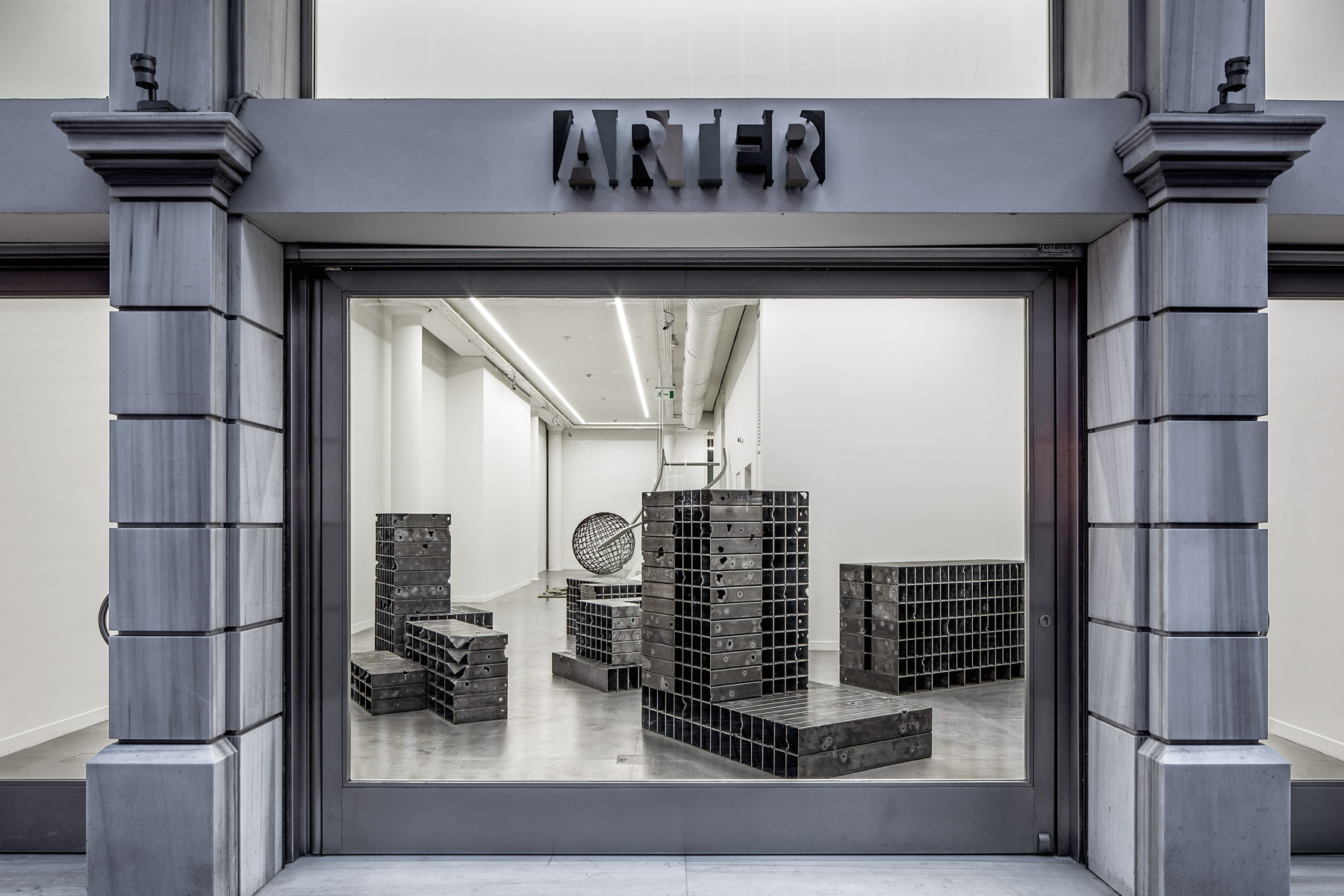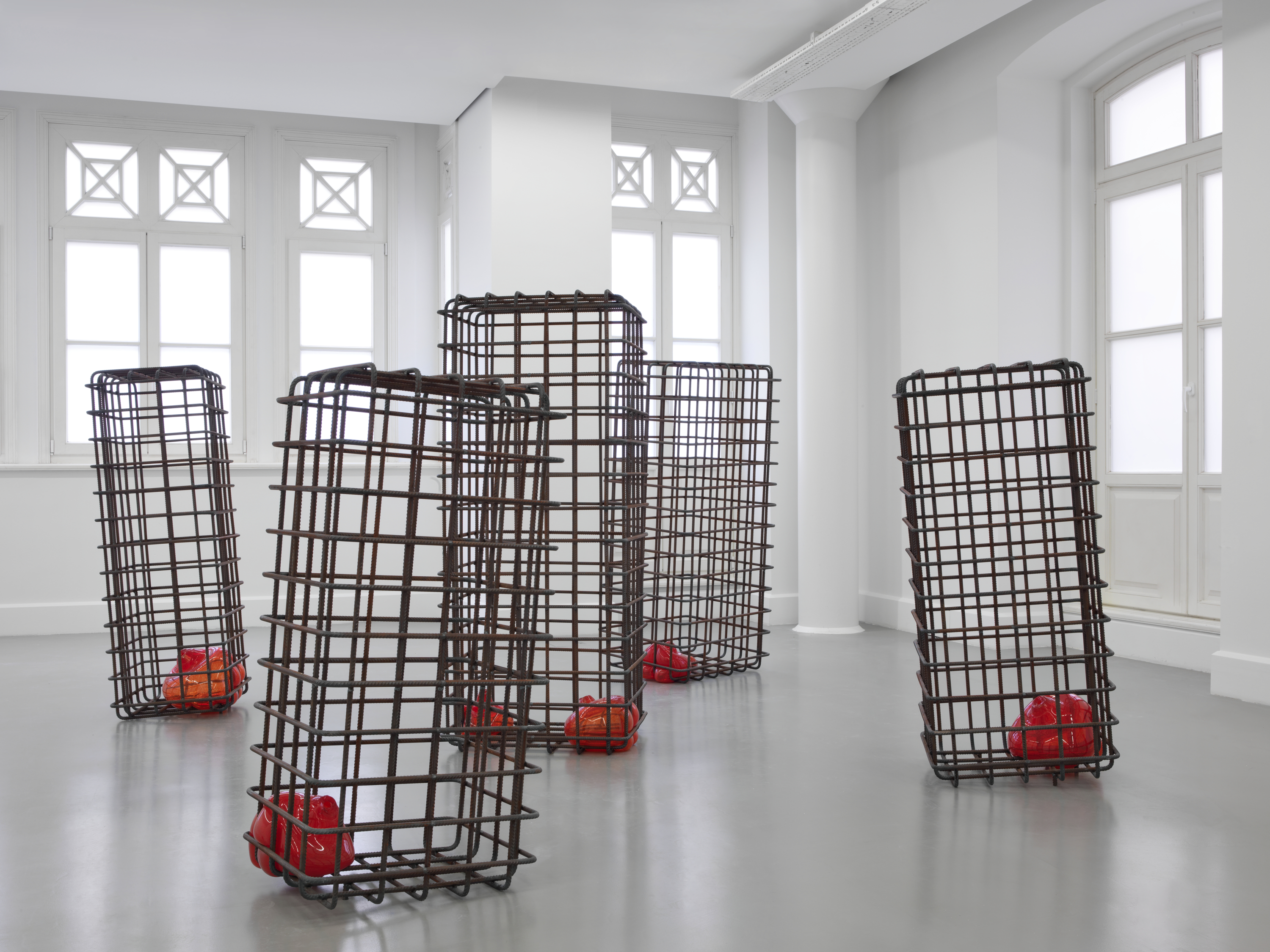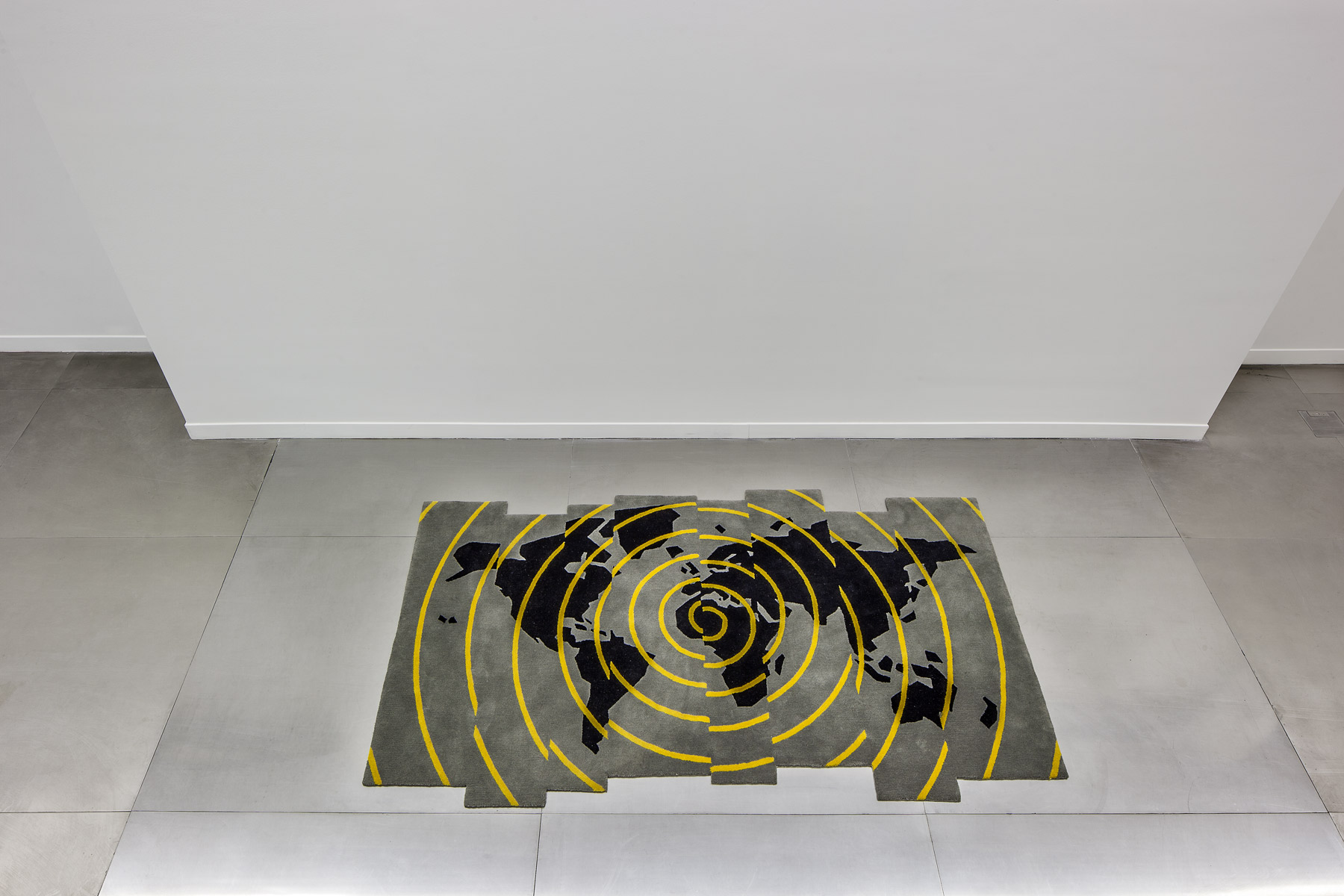Shows
Preview of Mona Hatoum’s “You Are Still Here” at Arter, Istanbul


Tough and fragile, critical and sympathetic, comforting and aggressive; Mona Hatoum’s artworks get their potent charge from their uneasy synthesis of opposites.
Working primarily in video and sculpture over her three-decade-long career, the Beirut-born artist has created hanging mobiles of kitchen utensils with a live electric current running through them, hand grenades blown from Murano glass, keffieh woven from human hair, and sent endoscopic cameras on voyages through the digestive system.
The global interest in, and wide influence of her practice since she first gained recognition for her performance works and installations in the early 1980s is testified to by the fact that Hatoum has mounted solo exhibitions from Sydney to Beijing, Beirut to Mexico City, as well as across Europe and North America. Yet work by the London- and Berlin-based artist has rarely been shown in Istanbul, with the exception of pieces in the 1995 and 2011 Istanbul Biennials, as well as in a show of highlights from the 2005 Venice Biennale held at Istanbul Modern in 2006.
The Vehbi Koç Foundation’s private art center, Arter – Space for Art, will make amends for Istanbul’s neglect of her oeuvre when it opens “You Are Still Here,” a solo presentation—what Hatoum described in a conversation with AAP as “a survey, but not a retrospective”—on March 17 in its newly refurbished gallery spaces.
Despite garnering international attention, and her upbringing in Beirut, it is only in the last five years that Hatoum has been granted major showcases of her work in West Asia. As the region’s contemporary art infrastructure continues to expand, Hatoum appears to be among the first artists on many curator’s wish list. She exhibited at Cairo’s nonprofit Townhouse gallery in 2006, at Amman’s Darat al-Funun in 2008, and at the Beirut Art Center in 2010—all of which are regarded as among the top art centers in the region.
But though the regional solo exhibitions have come only recently, she has long maintained connections to the art communities in the eastern Mediterranean region. One of her most important pieces, Present Tense (1996), a 2.4-by-3 meter grid of soap blocks (made in Nablus, in the West Bank) embedded with beads that trace the lines of the map drawn up in the 1993 Oslo Accords for Israel and Palestine, was created in-situ in Jerusalem at Gallery Anadiel (run by Jack Persekian), in 1996.
In all of these cases, when Hatoum has been invited to exhibit in the region, she has taken the opportunity to use it as a short-term residency period to create new works, “listening to what the space is about,” she says, and involving local crafts and artisans. For the 2010 Beirut Art Center show, since there was little money to ship works from Europe, Hatoum fabricated many of the pieces from materials readily available in Beirut. Among those was the series “Bunker” (2011) comprised of boxy forms made from stacks of rectangular steel tubing cut to the dimensions that correspond to iconic buildings in downtown Beirut. And like many of the city’s iconic structures, such as the bullet-riddled, never-completed Holiday Inn, the structures that Hatoum made are scarred and pocked with holes. Six of the 23 pieces from “Bunker” will now occupy Arter’s street level space on İstiklal Caddesi, Istanbul’s busiest pedestrian street.

When I met Hatoum in Istanbul in late January, she was leaving the city for several days and heading to a glass-blowing studio, where she was working with an artisan on a new series. These five pieces, called Kapan (2012, “Trap”), are cages, 110 or 150 centimeters in height, made from bent pieces of rebar. Within them are large masses of red glass, partly shaped around the steel itself. Contrasting with the rigidity of the metal bars, their organic shape and red color recalls a human organ.

The other new, locally produced work is a 2.6-meter-wide carpet showing a map of the world fragmented by concentric shockwaves, as if the world is being shaken by an earthquake. Although Hatoum didn’t address it directly until I mentioned it, the devastating earthquake that struck Turkey’s eastern city of Van in late October last year seems to have been on her mind, both in Shift (2012) and in Kapan, as many of the fatalities from the quake came from those crushed in poorly constructed buildings.
For “You Are Still Here,” Hatoum and the exhibition’s curator, Emre Baykal, selected the works considering a loose theme to each floor and Arter’s spatial limitations—as a former residential apartment building, the multi-floored art center has gallery spaces that are domestic rather than industrial in scale. However, this suits many of Hatoum’s works perfectly well. On the first floor are her enlarged kitchen graters, Daybed (2008), which lies horizontally, and Grater Divide (2002), which resembles a three-part folding screen, as well as her video Measures of Distance (1988), in which Hatoum reads translated versions of letters sent to her in London by her mother from Beirut during a period of separation caused by the Lebanese Civil War (1975–91). The second floor floor focuses more on Hatoum’s artworks about the body. Along with Kapan, there are iconic older works such as Van Gogh’s Back (1995), a photograph of the hair on a man’s back, swirled like the famous painter’s signature brush strokes. In a back room, the show’s final work is Silence (1994), a child’s cradle custom-made from glass tubes—the quietly unnerving culmination of a journey from the seemingly bombed-out steel constructions in Arter’s windows.
In the last year, Arter has had a string of popular exhibitions, including surveys for Kutluğ Ataman and Patricia Piccinini. It will be interesting to see how Hatoum’s weighty and often ominous works will resonate with the Istanbul public, with the many tourists on Istiklal Caddesi, as well as with local artists. Among a younger generation of sculptors in Europe, Hatoum’s influence is arguably already widespread. Come early April, viewers won’t have to look far for an example: Nevin Aladağ, a German-born artist of Turkish descent who, like Hatoum, works in Berlin, and similarly employs a strong formal vernacular drawn from everyday materials, will be exhibiting newly commissioned pieces in Arter’s top floor.







